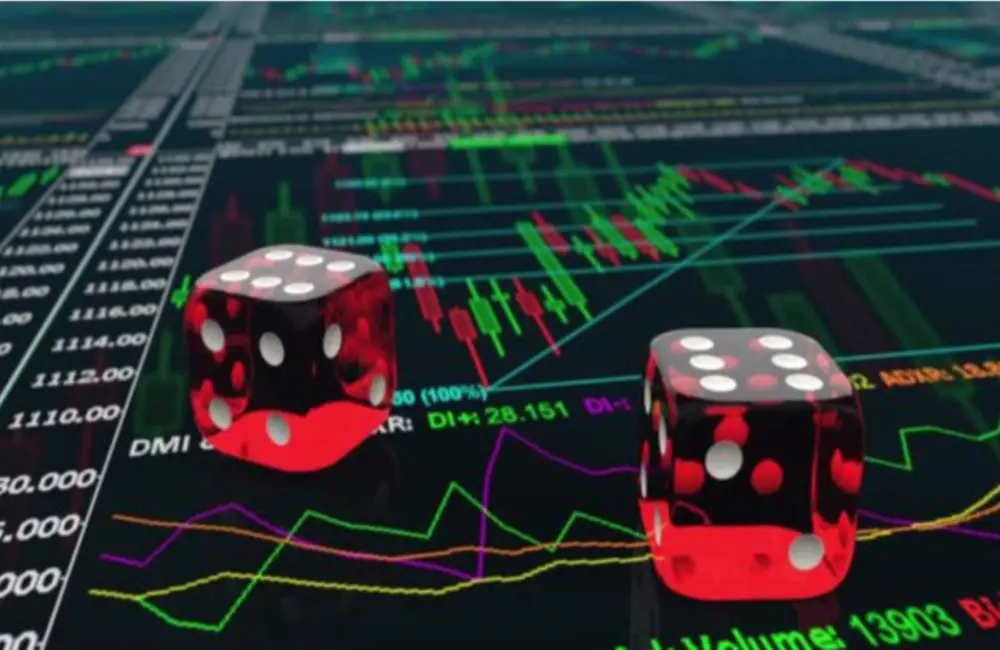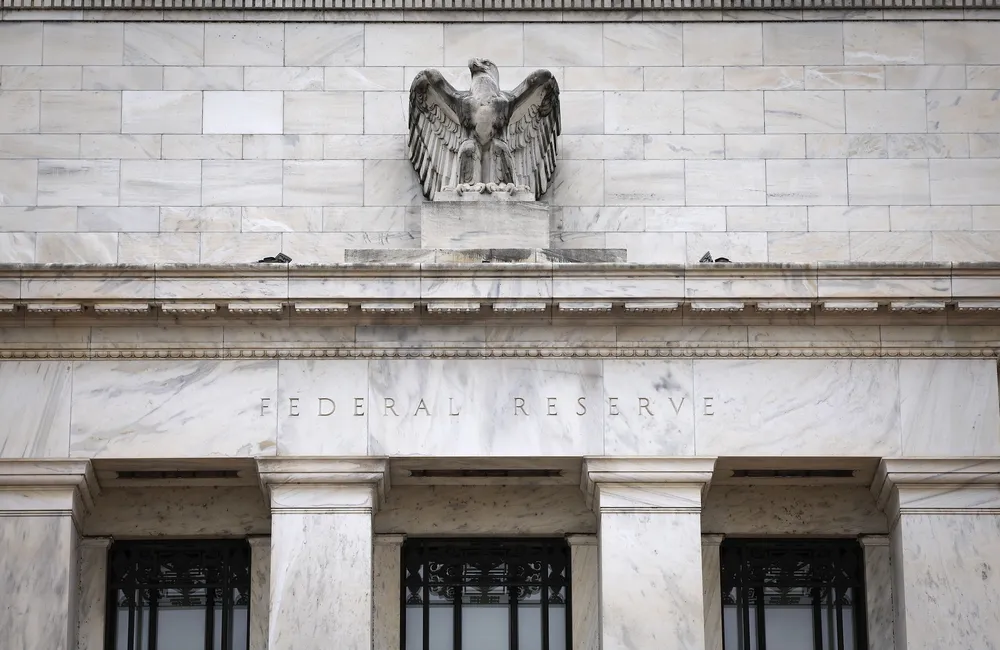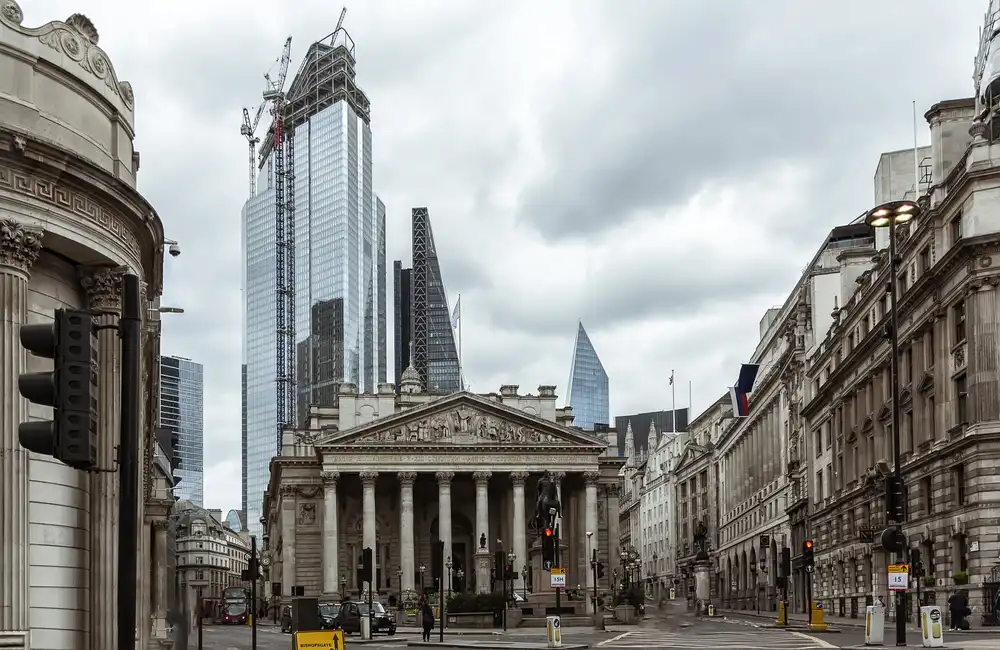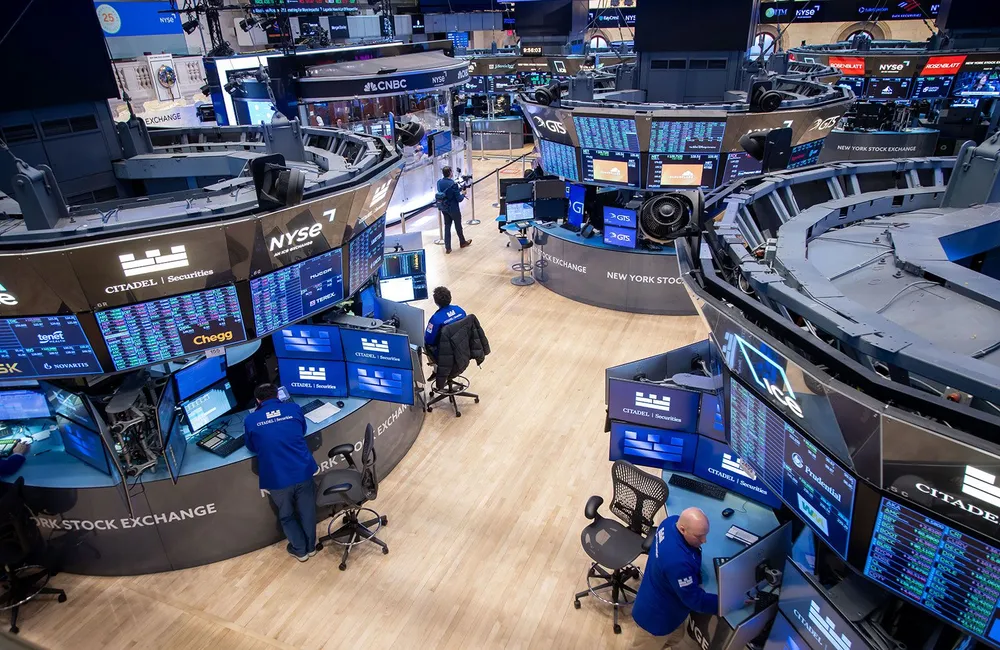ASX futures had climbed 50 points or 0.7% to 7384 by 8:00 am on Friday due to stronger iron ore and oil prices, indicating that trade is likely to perform well at the week's closing session.
Meta jumped 18 percent after the company said it had gained more users than investors had expected in the first quarter. That gain helped propel the Nasdaq Composite Index up 3.1 percent and lifted the S&P 500 technology sector, the index’s leading group. The broad index rose 2.5 percent, and the Dow Jones industrial average gained 1.8 percent.
If after-market trading is a guide, the tech sector rally may be short lived. Shares of Amazon.com dropped 7.3% in late trading after the company reported its first quarterly loss since 2015 as sales growth slowed to a crawl. Intel’s stock also dropped, falling 4.1 percent in after-hours trading as the company announced a decline in quarterly earnings and weaker demand for personal computers.
Apple shares surrendered early gains in after-hours trading and were down about 2.6 percent. The iPhone maker showed stronger-than-expected earnings and revenue but a negative outlook that referred to supply chain issues, weaker demand in China and a slowdown in services descended shares.
Except for the early days of the pandemic, stock market volatility hasn’t held at high levels since the 2008 financial crisis, said John Roe, head of multi asset funds at Legal & General Investment Management. Bond volatility is at the highest levels outright since the financial crisis, he added.
“I don’t imagine people have much of any conviction,” he said. “It’s a moment in time when fundamental uncertainty is especially high.”
At home, the S&P/ASX 200 finished 1.3% higher, at 7356.9, recovering some of its three session losses, driven by strength in commodity stocks.
Nine of the top 11 strongest stocks were resource-related stocks. Rio Tinto, BHP and Fortescue rose between 3.5% and 8.1% after iron-ore prices jumped, placing the benchmark index ahead of a modestly positive lead from US stocks.
Sandfire Resources advanced 12% as it reaffirmed its FY guidance. AMP was the only stock that rose more, jumping 13% after agreeing to sell its international infrastructure equity business for Collimate Capital.
The other major mover was clothing retail group City Chic, lifting 9.5% as investors washed through the last day update of trade.
For commodity markets, iron ore gained 1.1% to $US142 a tonne; gold futures were 0.1% firmer at $US 1891.30 an ounce; and Brent crude oil surged 2% to $US107.42 a barrel.
In local bond markets, the Australian 2 Year government bond was little changed at 2.36% and the 10 Year rose to 3.08%. Yields on US Treasury 2 Years rose to 2.62% in overseas trade and completed the 10 Year at 2.82% (down a touch).
The Australian dollar was lower at 70.98 US cents at 7:00 am AEST, easing from the previous close of 71.25. The Wall Street Journal Dollar Index, which measures the US dollar against 16 other currencies, was again higher at 95.89.
Asia
Chinese equity markets came off mixed, with the Shanghai Composite Index continuing its Wednesday rebound with coal miners the big gainers post earnings.
China Coal Energy surged 10%, China Shenhua gained 7.7% and Yankuang Energy jumped 7.0%. Builders advanced after the country’s leader urged “all-out efforts” to ramp up infrastructure construction. China State Construction Engineering, China Railway Group and China Communications Construction soared 4.2%-6.9%.
Technology stocks pressured the market, with Hangzhou HIKVision and iFlytek dropping 1.5% and 1.8%, respectively.
The Shanghai Composite Index rose 0.6% to 2975.48, while the Shenzhen Composite Index fell 0.7% and the ChiNext Price Index was down 1.8%.
In Hong Kong, stocks climbed for a third consecutive day, aided by tech shares. Alibaba and JD.com were up more than 4% each, while Tencent rose 1.5% as sentiment towards tech stocks improved, with futures linked to the Nasdaq up over 2%.
China Merchants Bank was the biggest gainer, rebounding 5.7% after striking its lowest intraday level since November 2020 on Wednesday.
Markets’ quarterly earnings response was mixed. Standard Chartered soared 10% after 1Q earnings beat, BYD Co. added 1.4% after earnings more than tripled, and Chinese coal miners China Shenhua and China Coal Energy surged 8.8% and 10%, respectively, on solid results. Sands China lost 2.0% after majority shareholder Las Vegas Sands reported less-than-expected revenue.
The Hang Seng Index gained 1.7% to 20276.17.
Japan’s Nikkei Stock Average finished up 1.75% at 26847.90 after the BOJ kept monetary-policy settings steady but eased dovishly, as the Japanese Yen declined sharply.
Advances on the Nikkei were widespread, including the auto parts maker Denso Corp. soaring 9.7 percent, pharmaceutical company Daiichi Sankyo rising 7.4 percent and the natural-gas provider Tokyo Gas increasing 6.7 percent.
USD/JPY traded at 130.03, more than a notch up from the 127.71 closed at Wednesday’s Tokyo stock market.
Europe
European markets rose, with stocks in the US also advancing, even though economic data was lackluster. The pan-European Stoxx Europe 600 climbed 0.6%, the French CAC 40 rose 1% and the German DAX increased 1.35%. New economic data unveiled on Thursday revealed a seasonally adjusted 1.4% annualized shrinkage in US Gross Domestic Product in the first three months of the year.
“It is the first quarterly drop in GDP since 2Q20, when a portion of the economy was locked down to curb the spread of Covid-19,” says Unicredit economist Daniel Vernazza.
“Most importantly, the drop in GDP is not as terrible as it appears to be because net exports and inventories, which were the largest drags on GDP in 1Q22, are also the most volatile components and should bounce back in the coming quarters.”
Shares of London’s FTSE 100 finished 1.1% higher on Thursday, as positive earnings from several large companies cheered investors.
Emerging markets lender Standard Chartered was the top performer on the blue-chip index, with shares jumping 14% after first-quarter profits were lifted by a rising interest rate environment. The medical equipment manufacturer Smith & Nephew closed up 3.4 percent after it said it was on track to meet its 2022 guidance after a jump in first-quarter revenue. Factory software supplier Aveva, meanwhile, gained 6.8% after tumbling 16% on Wednesday. This more than offset declines across the mining sector – save for Glencore, whose quarterly update was positively received.
North America
US stocks jumped Thursday, with tech stocks shining, as investors cheered an unexpectedly solid earnings report from Meta Platforms that suggested resilience despite increasing inflation.
The stock of the owner of Facebook climbed $30.78, or 18 percent, to $205.73 after the company reported that it had gained more users than investors had been expecting in the first quarter. That rise contributed to a 3.1 percent gain for the Nasdaq Composite Index and gave the biggest jump for the S&P 500 technology sector, the strongest group in the index.
The S&P 500 rose 2.5 percent and the Dow Jones Industrial Average added 1.8 percent.
In the bond market, the yield on 10-year Treasury notes rose to 2.862% from 2.817%. (Bond yields and prices move in opposite directions.) Oil prices rose, lifting shares of energy companies, after government officials in Germany said the country is now prepared to halt purchases of Russian oil. Benchmark Brent oil gained 2.2% to $107.59 a barrel.
The stock market was on track to rally after a recent selloff in tech stocks, including a brutal swoon early in April after earnings from Netflix disappointed investors. With limited visibility into how higher interest rates will ripple through the broader economy, money managers say trading has been thin, as well as susceptible to whipsaw moves in either direction.
“If you look at the past, nothing goes down in a straight line and nothing goes up in a straight line,” said Michael Antonelli, a managing director and market strategist at Baird. “When everybody is this pessimistic, you don’t need a lot to move the stock market.”
If after-market trading is any indication, Friday could bring a rapid reversal to the tech sector’s gains. Shares of Amazon.com tumbled 7.3% in late trading after the company reported its first quarterly loss since 2015 as sales growth slowed substantially. Intel’s stock also dropped, down 4.1 percent in after-hours trading as the company reported lower quarterly earnings and a decline in demand for personal computers.
Apple stock surrendered early gains in after-hours trading and was down about 2.6%. The iPhone maker reported better-than-expected earnings and revenue, but a gloomy forecast which pointed to supply chain woes, weakening demand in China and a slowdown in services weighed on shares.
While Thursday’s gains for Meta’s shares and tech more broadly were big, they are dwarfed by losses earlier this year. Meta’s stock is still down about 39% for the year to date and the tech sector in the S&P 500 is off nearly 15% from where it ended 2021. Just in this month alone, fears of inflation, concerns over the pace of profit growth and turmoil abroad sent stocks reeling.
And volatility in the stock market hasn’t persisted at this high of a level since the 2008 financial crisis, except for at the onset of the pandemic, said John Roe, head of multi asset funds at Legal & General Investment Management. Bond volatility is the highest since the outright financial crisis, he went on.
“I don’t believe people do have a great deal of conviction at all,” he said. “It’s a time frame when fundamental uncertainty is at a very high level.”
The US corporate world is deep in the throes of earnings season, and while profits and losses are being translated into moving individual stocks, analysts and traders say they care more about the tenor of executives on earnings calls.
“What I want to hear in earnings reports is not, did you meet and beat, but what do you see going forward,” said Kristina Hooper, chief global market strategist at Invesco. So far this earnings season, the commentary from executives offers a picture that challenges corporations face could be longer lasting, she said.
In individual stock moves Thursday, shares of Twitter gained 47 cents, or 1%, to close at $49.11 after the social-media company reported higher revenue and withdrew financial guidance before its takeover by Elon Musk. Southwest Airlines gained 96 cents, or 2.1 percent, to $46.90 on forecasts that the airline will be profitable for the remainder of the year.
Caterpillar dropped $1.52, or 0.7 percent, to $212.44 after the industrial bellwether said margins declined in the first quarter. Profits also exceeded analysts’ expectations, according to McDonald’s, sending shares up $7.05, or 2.9 percent, to $254.19.
On the economic front, data showed the U.S. economy contracted at a 1.4% annual rate in the first quarter, its first contraction since the pandemic took hold. While the pace of the decline is alarming, several analysts said that they aren’t forecasting a recession based on the underlying data. A major factor in the drop was an expanding trade deficit, which means the US bought far more from abroad than it sold. Consumer spending also increased in the period, a modest acceleration from late last year.





















